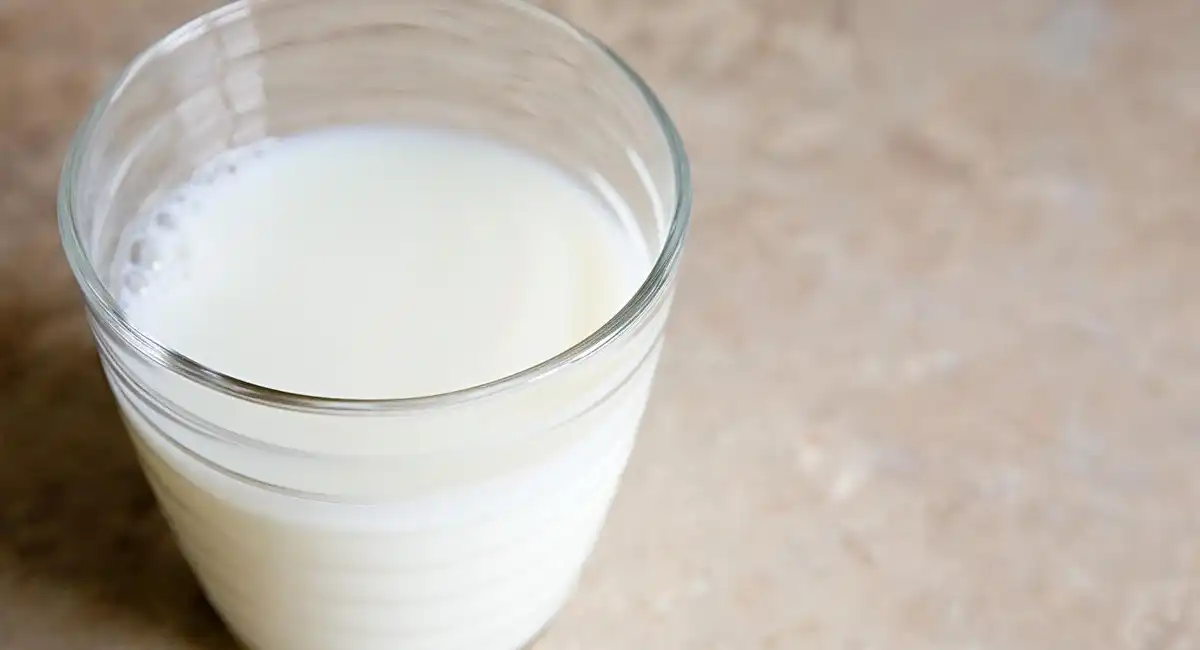Lactose-Free Milk: You might have noticed some people have the problems of digesting general dairy products.
It happens mainly due to the presence of lactose. And so, they become lactose intolerant who faces difficulty digesting dairy products.
If you are facing lactose intolerance, you might have to face digestive distress accompanied by abdominal pain, vomiting, and diarrhea.
Now, what’s the solution for this? Well, in order to deal with such a situation, lactose free milk is an easy solution that can easily eliminate most of the above given symptoms.
But there are people who are not too sure about lactose free milk. It’s because they have too many speculations about it.
This article will be discussed about some basic differences between lactose free milk and regular milk.
Also Read: Hyperspermia Symptoms, Complications, Diagnosis & Treatment
Table of Contents
What Is Lactose-Free Milk?
Please note that lactose free milk is the commercial milk product which is free of lactose (a type of sugar present in milk).
As we said, lactose is a type of sugar found in milk and milk products that at times, becomes difficult to digest.
Lactose free milk is produced by food manufactures abundantly by simply adding lactase to regular cow milk. Lactase is the name of an enzyme produced by people who can easily digest milk and milk products.
The effect of lactase is such that it breaks down lactose in the body.
If you are looking for the taste of lactose free milk, it has no difference and will have the same taste.
Not only that, it will also have the same nutrient profile as the regular milk. And so, it can be used exactly in the same way and can be easily swapped it for regular milk.
It Contains the Same Nutrients As Regular Milk
Please note that lactose free milk contains the enzyme lactase to help the digestion of lactose (sugar). And so, it boasts the same nutrient profile as regular milk has.
You should also note that lactose free alternative happens to be a great source of protein just like the normal milk or milk products.
To be precise, lactose free alternative can supply up to 8 grams of protein in a 240 ml of cup.
In addition to the above, it’s high in various micronutrients like riboflavin, vitamin B12, phosphorus, and calcium.
It’s also enriched with vitamin D which is a crucial vitamin that helps to maintain your health in a number of ways. It’s found only in a few food resources.
So, if you are facing issues with regular milk due to lactose intolerance, you can easily switch out regular milk for lactose free milk without missing out any of the important nutrients.
Easier to Digest
In general, people are able to digest lactose which happens to be the main sugar found in milk.
At the same time, it is estimated that almost 75% people globally slowly lose this ability as they age. And it results in a condition known as lactose intolerance.
The above change has been observed in people of 2–12 years of age. Some people tend to retain their ability to easily digest lactose even with the age, others start experiencing decreased activity of lactase enzyme to break down lactose.
People who have issues of lactose intolerance, they can face some issues like belching, diarrhea, bloating, and abdominal pain.
Since lactose free milk contains added lactase, it becomes easier for lactose intolerant people. And so, it becomes a great alternative to regular milk.
Tastes Sweeter Than Regular Milk
Most people are concerned about the taste of lactose free milk. Well, it’s the flavor that makes a real difference between these two types of milk.
Lactase is the enzyme needed to break down lactose into sugars like glucose and galactose.
As people’s taste buds mainly perceive only these simple sugars that are sweetener than complex sugars, the final lactose free alternative becomes sweeter flavor as compared to regular milk.
Once normal milk is converted into lactose free milk, it retains the same nutritional value (like regular milk) but its flavor becomes mild.
It’s Still a Dairy Product
Most commonly, lactose free milk can be a great alternative to regular milk; it may still not suitable for everyone in being a dairy product.
Those having issues with dairy products, consuming lactose free milk can lead to some allergic reactions like vomiting, hives, and digestive distress.
As it’s produced from cow milk, it can still be unsuitable for those who are following a vegan diet.
Finally, people who are looking forward to follow a dairy free diet for health related benefits need to avoid both regular and lactose free milk.
The Bottom Line
Lactose-free milk is prepared by adding lactase to regular milk. It’s an enzyme that helps in breaking down lactose into simple sugars like glucose and galactose.
The final product is found to be slightly sweeter, it poses a great alternative to those having lactose intolerance.
Even then, it can be unsuitable for people who are following a dairy free diet due to health reasons.
Also Read: Cane Sugar Health Benefits, Nutrition Information & Risks
